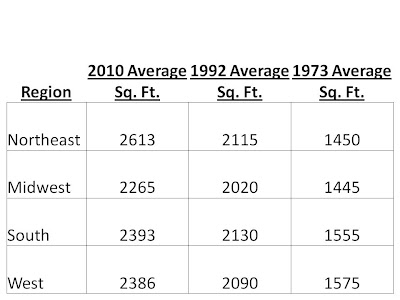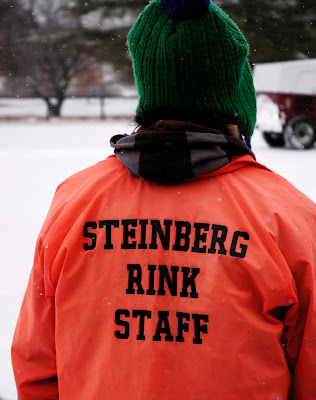I'm starting with Bellefontaine Cemetery (BFC), a 314 acre property that dates back to 1816; the oldest graves of the Hempsted family existed here when their former farmland was purchased by a group of prominent men in the city, led by banker and former mayor William McPherson and established in 1849. The first burial was in 1850. BFC was clearly a revolutionary place in its day. Up to the early 19th Century, burials were typically on church and private properties. Paris, France was the 1st city to design a cemetery utilizing the "rural garden" concept which was meant to be a beautiful place of solace and natural beauty open to the public.
BFC was created with the same vision and the timing couldn't have been more appropriately aligned with St. Louis history. The on-going 19th Century building and population boom in St. Louis coincided with a fire on May 17, 1849 that destroyed 15 city blocks and 23 riverboats. Then of course, the cholera epidemic of 1849 that swept the city killing ~6% of the population. The timing was right and Bellefontaine was St. Louis' forward looking answer to dignified burials for the next generations of citizens.
The founders had the foresight to hire Almerin Hotchkiss as landscape architect from Green-Wood Cemetery in Brooklyn to design and maintain the grounds. He designed most of the roadways and landscaping, and led cemetery operations as Superintendent for many years.
The Bellefontaine Cemetery (officially non-denominational, but largely Protestant) at 4947 W Florissant is flanked by the Mark Twain neighborhood to the south and west and the North Riverfront neighborhood to the north and east. Calvary Cemetery (Roman Catholic) is to the north and west and O'Fallon Park is to the south and east.
The property is atop very high ground that slopes down, overlooking the Mississippi River to the east; while the North Riverfront neighborhood today is largely unsightly trucking operations and contemporary metal warehouses, you can imagine what the view must have been when the property was established. But let me tell you, this does not mean that BFC is not a beautiful setting. It is. The perimeter is lined with ornate fencing and entry gates.
For my first visit to BFC, I was able to connect with the current Landscape Architect for the property, Earen Hummel. She is a professional landscape architect of 13 years and hails from Colorado. She is highly qualified, having worked in various National Parks and ranches around the country, in addition to a WWII battle site in the South Pacific where the Enola Gay took off for its bombing over Japan. Prior to joining BFC, she was part of a consultant team that helped to prepare a 100-year master plan for the cemetery. At the completion of the master plan, the cemetery hired her to become the in-house landscape architect. Some key elements of the plan are increased native plantings and habitat, sustainability and the reduction of storm-water runoff, mowing and chemical treatments in the landscape, all while complementing the original Hotchkiss design. This is a very fitting and sensitive approach as it intelligently adds new trees, planting and other elements to naturally enhance to property for the next 100 years while preserving the historic character and updating the natural landscape and seeking to meet the changing needs of the times including more burial space between two lakes that exist on the property. Ms. Hummel is working to develop gardens to draw together the two lakes, and to enhance the space that exists in this part of the cemetery. This is part of a 10-year goal and in underway now. Sustainability is certainly a catch word of our era, sometimes more often spoken than seen; however, this plan completely embraces the idea and you can SEE the low energy, low maintenance, natural planting concepts that I view as the renaissance of landscape design in play here. This is not just talk, this is action. Drive through the park and witness the massive amounts of grading and tree planting that is underway as you read this. Very impressive...here are some drawings of the design:
Additionally, BFC has become a certified arboretum. Sassafras, persimmon, oaks, black gum, hawthorn and river birch are among the trees being planted. Out are the sweet gums and yews!
My favorite part of our discussion was knowing the property is in good, caring hands. And, the cemetery is loved and protected. The care that Hotchkiss put in is living on in Ms. Hummel's and the cemetery Board's vision. It will continue to be open to the public and will function as an active burial site for years to come.
Of course, this cemetery is the final resting place of hundreds of American notables and figures including William S. Burroughs, Adolphus Busch, Susan Elizabeth Blow, Thomas Hart Benton, William Clark, Phoebe Wilson Couzins, James Eads, Sara Teasdale and many, many more. You can still purchase a plot here. In fact, there is a newer section with Bosnian, Croatian and Roma citizens that recently immigrated to the region as well as an area for under-privileged children whose parents could not afford a plot.
I was lucky enough to be treated to a showing of the famed Wainwright Tomb which is on the U.S. National Registry of Historic Places and is one of only two tombs that can be opened to the public. Every square inch of this monument is a work of art. I was lucky enough to hold the key in my hand and enter this important place on a cold and wintry St. Louis day.
Exterior of the tomb:
Interior:
Is St. Louis great or what? BFC has a large endowment to care for the grounds & landscape and plans to be here for the long run. They are going nowhere and only seek to enhance the area. They are partners in the Mark Twain and Walnut Park neighborhoods. They are a fixture and the cemetery is a full-on landmark.
Bellefontaine Cemetery does tours and if you are interested in history at all, please "like" them on Facebook. They routinely do bios filled with stories and photos of notable citizens buried there. Total fodder for history lovers, and very well done. The website is phenomenal and includes an awesome interactive timeline to play with. Go there to check out the full list of famous people buried there. They have conducted Beer Baron, Civil War and other notable tours, both by bus and walking. BFC is in good hands and will continue to improve and be a National Treasure for years to come. Drive up Salisbury Avenue from Downtown to get a good view of the north side and go check out BFC for yourself and let me know what you think! Even if you've been here before, please visit again and witness the landscape as it morphs into a more native, sustainable environment.
On to Calvary! Stay tuned friends and readers...
.jpg)

































.gif)





















